By Jim Gamgort
Managing Partner and Chief Commercial Officer
Working effectively with your agency, whether it’s your agency of record or your training vendor, can be challenging at any time, let alone when all communications and conversations are virtual. To consistently create best-in-class output while also keeping your budget in check, it’s essential to develop and maintain a consistent process with your agency that fosters strong communication and ensures alignment on each new project.
As a life science marketer now on the agency side of the business, I’ve witnessed both sides of this challenge and can report that most inefficiencies occur when there is either misalignment within an organization or misunderstanding on the objectives of the project. The 7 steps outlined below are the surest way I know to prevent missteps that lead to significant changes to a project along the way. Though following this process is important whether you are engaging your agency virtually or in person, it can be particularly useful in keeping your project on track in times like these when you may be unable to meet face-to-face.
- Define the project and deliverables before you pick up the phone: Unless you are looking for strategic support, define your project, anticipated timelines, and what success looks like to you before you engage the agency.
- Gain internal alignment: This can be challenging, but having a brief conversation or exchange with your legal and regulatory teams ahead of the project allows them to provide you with the guardrails you may not have anticipated.
- Conduct a kickoff meeting: Include key agency members so they understand your ask and timeline for deliverables, and can follow up with any clarifying questions.
- Ask for a design document, creative brief, project plan, or proposal: This step, completed before the statement of work (SOW) is created, ensures that you and your agency are well aligned on the entire project and that expectations are set on both sides. Though you might be tempted to skip this step and proceed directly to an SOW, doing so will often leave you frustrated and focusing on line items instead of what the best output of a project will look like.
- Develop the SOW: Now is the time for the agency to price out the project based on the design document. Consider whether your SOW will be hourly or project based. Personally, I am an advocate of project-based work versus hourly billing as it helps define your budget and expectations. Since hourly-based projects can quickly escalate out of scope due to changes and inefficient processes, I always defer to project-based billing—if it’s an option.
- Conduct a project kickoff: Gather all of the subject matter experts (SMEs) required to kick off the project and identify those responsible for key deliverables. Defining the SMEs and assigning responsible parties allows the agency to manage the project effectively and alert you if timelines slip for any reason.
- Undergo a review and completion process: Once the project is complete and has progressed past your medical and legal review, it’s time to perform a postmortem on the output and how it lined up with the original design document and SOW. If there are gaps or key learnings identified, this is the time to set expectations for the next project so that the process can be even more efficient.
While these 7 steps may feel intuitive, they are often overlooked, resulting in wasted time and budget. Even skipping a single step—such as asking for a design document—can cause misalignment that results in significant delays later in the process.
Keep in mind that good communication is at the core of any effective agency relationship. If a project you work on goes over budget for any reason, have a conversation with your agency to understand where things went sideways. Understanding how to work together efficiently will make the partnership more enjoyable and, ultimately, more effective.
Jim Gamgort has more than 25 years of experience in the pharmaceutical and medical device industries, including with Alcresta Therapeutics, Inc., The Medicines Company, and Johnson & Johnson. He has led multiple drug and medical device launches in the United States, European Union, and Latin America. His leadership experience includes commercial expertise spanning from small start-up medical device companies to large pharmaceutical brands with more than $2 billion in sales.


